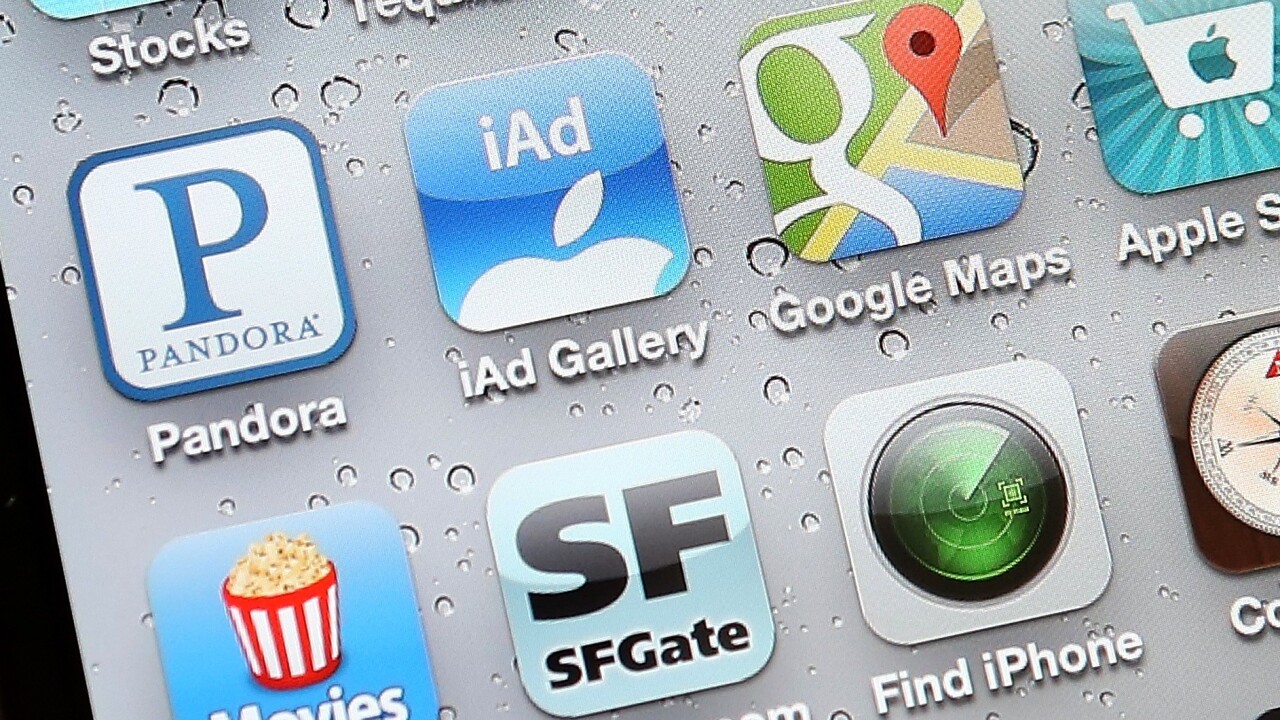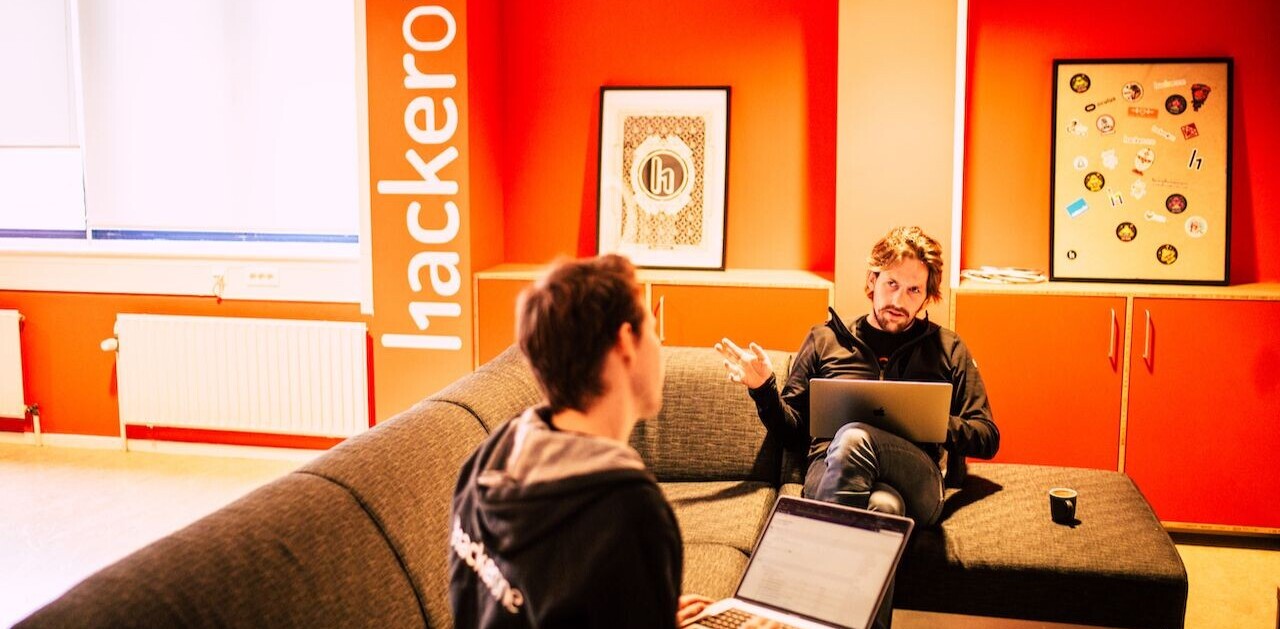
Editor’s note: This is a guest post by Nick Kishfy, CEO of MojoTech, a design and development agency with offices in Providence, RI and New York, NY. Nick has been launching startups, leading teams and shipping products since the first Internet gold rush, and he’s passionate about helping founders finish what they start and turning ideas into products that win.
“Dude, we have to be on Android, iOS, Blackberry and Windows Mobile. Now.”
“Let’s get all of our third-party integrations lined up before we launch.”
“Why don’t we have share buttons for Twitter, Facebook, Google Plus, Reddit, Tumblr and Pinterest?”
As the CEO of a development and design agency, I get to see the way a lot of companies approach building their products. I’ve heard every single one of those statements multiple times, usually at the very early stages of development.
I’m not a violent man, but I will judo chop the next person who tells me that the key to their product’s success will be Google Apps integration.
And right after I do that, I’ll go back to doing my job, which is to help them build a product roadmap that will realize their vision and actually set them up for success.
It’s simply not important right now
Look, I’m not saying that these ancillary features won’t help your product at some point. I am, however, saying that focusing on these things is a dangerous distraction in the early stages when your number one priority should be building an app that people will want to use.
Features, platforms, integrations — none of these are worth a damn if your core product doesn’t deliver.
Whether you’re a seeded startup or a product owner within a larger organization that just got approval to prototype a new app, chances are good that you’re on a very tight budget. Using that budget strategically is critical to the outcome of your efforts. Spending a single development hour at this point on anything that doesn’t directly bring you closer to meeting priority number one is a waste.
The reddest of herrings
“Dropbox is CRUSHING it. You can download it for like, every platform. We’ve gotta have that functionality.”
Actually, you don’t need to have that functionality at all.
Companies like Dropbox and Evernote are not successful because of their cross-platform native apps. Sure, having that offering has been massively helpful in reaching the ubiquity that they’ve achieved, but you know what they had long before that? An amazing product that people loved to use.
With the exception of products that are completely dependent on certain platforms (e.g., HootSuite, Klout, every Facebook game), products that win are first built to win, and then leverage integrations and social sharing to accelerate traction.
Am I ready to start tackling some APIs?
Maybe.
Has your core product been released?
Do you have users that are finding it worth sharing with others? (If you don’t, no integration will solve this problem for you. Rebuild or optimize what you already have.)
Is there a solid business case for the feature we’re building?
Example of a solid business case: We’ve found that we’re consistently losing prospects because this integration is missing. We know that a large segment of our target market engages heavily with this third-party app, and integrating would remove friction from our users’ workflow and result in a better user experience.
Example of a poor business case: “Salesforce has more than 110,000 users. If we get on AppExchange and capture just one percent of those, we’re gonna be loaded!” (Yes, I’ve actually heard this argument. And no, they weren’t selling ice cream gloves.)
Once you’ve built an ass-kicking product that effectively solves a problem for your users, of which you have many, that’s when you’re ready.
Image credit: Getty Images
Get the TNW newsletter
Get the most important tech news in your inbox each week.




